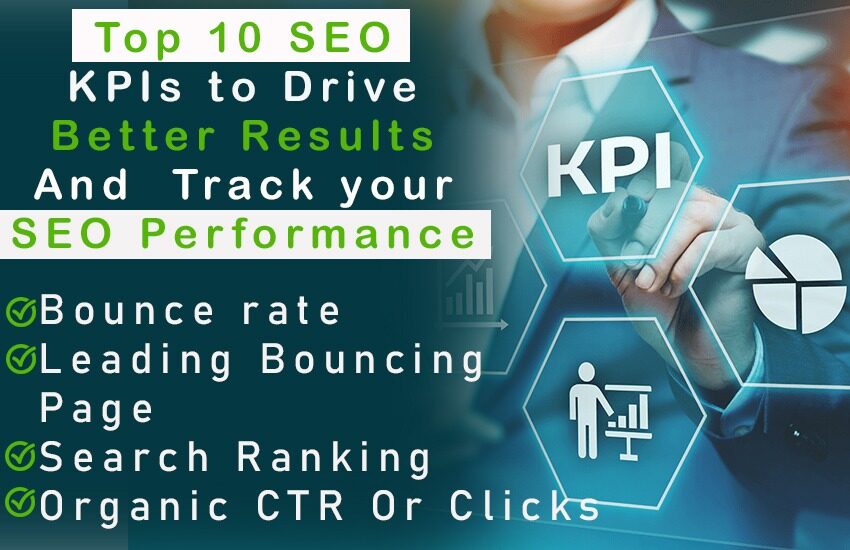Tracking the right KPIs is the best way of driving desired profits by spending time and effort on the right metrics. Do you want to know how! Give it a read and stay ahead of your competitors.
An optimized website can bring you massive traffic – in fact, more than 50% of the business comes directly from the search engine traffic. Creating a website and launching it doesn’t guarantee high revenues and a plethora of visitors from day one. Instead, it requires you to use the best SEO services and track the right SEO KPIs or metrics to have a lead across the search engine for your targeted keywords.
How can SEO KPIs help you?
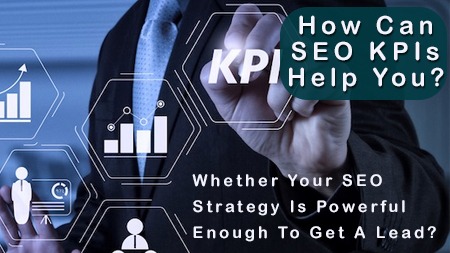
SEO KPIs can help you by answering the following questions and track the numbers.
Whether your SEO strategy is powerful enough to get a lead?
Whether your efforts will drive tangible and expected results?
If you are lagging, how to enhance your website performance?
In short, SEO KPIs will let you know which search engine SEO Techniques works and which don’t. Most importantly, it can help you save your money, time, and effort by avoiding to spend them on something that is not driving the expected profits.
SEO KPIs that you need to know
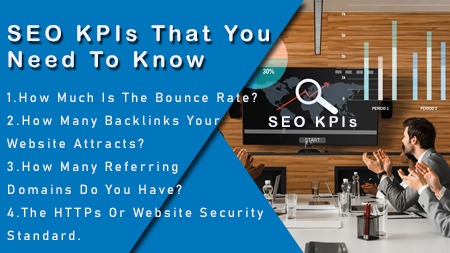
These are not the only KPIs, but they are the most vital metrics that top SEO services company uses to track the website performance.
- How much total time is spent on your website?
- The number of direct visitors to your website through search engines.
- How many pages did audiences visit per session?
- How much is the bounce rate?
- How many backlinks your website attracts?
- How many referring domains do you have?
- The HTTPs or website security standard.
The following are the key performance indicators with reference to your website content. Have a quick look at them.
- How much is the content length? On average, Google prefers the 1500 – 2000 words content.
- Have you optimized your content with anchor-based keywords?
- How well are the keywords placed in the main body of content?
- Avoid keyword stuffing and maintaining keyword density.
- Using the keyword in the title and meta description.
- Have you optimized the videos and graphics on-webpage content?
In other words, the visitor engagement is the key to rank your website on top of search results. As a critical ranking factor, you should never ignore the above points and always consider them while optimizing your website.
10 Most Critical KPIs You Should Never Ignore
1. Organic traffic and lead conversion
The first and foremost key performance indicator is the organic traffic volume that your website is attracting. Besides traffic, the conversion rate is another critical aspect that decides your revenue. Google Analytics is the best way to track the organic traffic on your website, which you can determine using this path. Navigate to the conversions tab, click Goals, click Overview, click Add Segment, click Organic Traffic, and click Apply. Here, you will gather all the essential information about goal value, goal completion, goal conversion rate, and many other things. Once you know all the metrics, evaluating the revenues becomes easy.
Additionally, under the organic traffic field, you can see the real-time organic sessions and find how it correlates with the total sessions. Apart from organic traffic, the bouncing rate also plays a significant role in measuring the best SEO services you have available for your website. The bouncing rate means how many visitors are leaving the website before moving on to the second webpage. This metric is crucial because it reflects the relevancy and quality of your website content, that you will need to improve.
2. Bounce Rate
The bouncing rate is considered an important ranking factor. It means that how many visitors are dropping from the first page of your website. In other words, they are bouncing without taking any action. A typical bounce rate ranges between 40-60%, which further depends on the industry your website deals with. The too-high bouncing rate indicates that the page is not relevant to the search query.
There are many possible reasons for high bouncing rates, such as less engaging content, content design, lousy content structure, or less informative blog, etc. That requires you to check as to what’s making your visitors bounce and figure out its solution. Often, the reason behind the heavy bounce rate is clickbait, using incoherent meta title or description, which compels the users to click over it and later finds the content irrelevant.
You can avoid such instances by using relevant title and description, creating an easy to understand website, and with simple navigation.
3. Leading bouncing page
While investigating the bouncing rate, the most vital aspect is to know from which page the visitors drop the most. To determine whether you will have to go to the organic traffic section, click Behaviour, click Site content, and now choose Exit pages. Here you can do the fact check about the pages with a higher dropout rate. Once you fix the issues, your chances to rank high increases.
4. Search Ranking
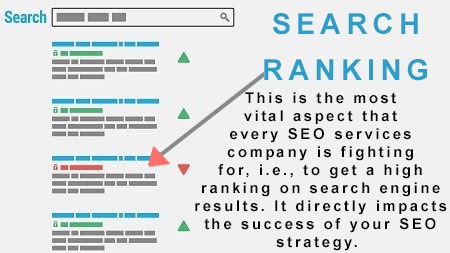
This is the most vital aspect that every SEO services company is fighting for, i.e., to get a high ranking on search engine results. It directly impacts the success of your SEO strategy. Once you reach a higher position on the search engine, you will be meeting the desired objectives of leads, traffic, conversions, etc. It requires you to monitor your website for the right set of keywords. You can use several platforms for website analysis. Many of them offer free services as well.
5. Organic CTR or Clicks
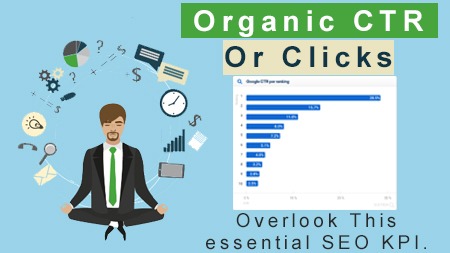
Click-through-rate is another essential performance metric that can help you drive massive traffic once analyzed and acted correctly. It measures the ratio of clicks on your website to the total number of search results appearance. In other words, higher CTR means higher traffic.
There are various reasons that lower the CTR of your website. The primary one being, non-attractive snippet which doesn’t appeals to the visitors to click over it. That means even though you are ranking high for the relevant keywords, the non-compelling snippet will not attract the visitors to your website. Low CTR also informs that the search bots do not prefer your website on the search engine result page because you are not meeting the customer’s expectations.
Often people keep focusing on traffic, revenues, rankings, but they overlook this essential SEO KPI. Start tracking your CTR rate and have full control over the website traffic. Good news! You can monitor the CTR from the Google search console.
6. Monitor Traffic That You Are Getting From Mobile Phones
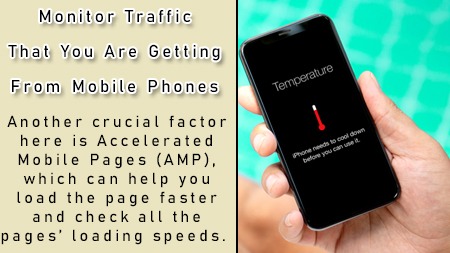
Mobile phones are the most widely used devices to get traffic as people nowadays are more active through their hand-held machines. Keeping an eye on these stats will help you know the amount of traffic you are getting through mobile phones. You will have to ensure that your users are getting the best experience to keep coming to your website and share the content link further. Here is the path to check the stats, go to search traffic > Mobile Usability, analyze the reports, and check if your visitors are facing any issue and work upon it.
Another crucial factor here is Accelerated Mobile Pages (AMP), which can help you load the page faster and check all the pages’ loading speeds. To check the status, go to Search appearance > Accelerated mobile pages and look at the report for slow URLs creating an issue.
7. Crawling Issues
Crawling error indicates that your website can not be accessed by Google bot, making it difficult to index. The unexpected problems in a few URLs are the major area of concern that crop crawling issues. You can analyze by tapping Crawl and then clicking over Crawl error and check the report for where the error exists. To closely track the results, you should keep checking the report regularly.
In that way, you can help Google understand your website and index it on time. If taken lightly, Google won’t show your website on SERP for relevant keywords. And you never expect that to happen with you. So go ahead and have a look at this report.
8. Organic Ranking From Targeted Keyword
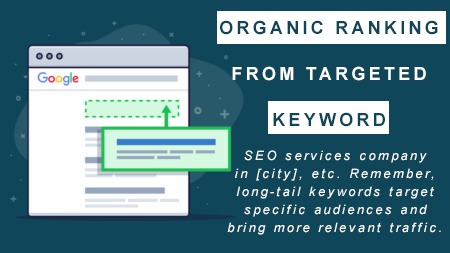
Every content should be created with the aim of targeting the relevant keyword and to answer the question of the visitors. In other words, your content should add value to the lives of people. First, have a clear goal in mind, plan the layout of your content, and have an optimum keyword density and keyword stuffing. For example, you are running an SEO agency, use keywords like SEO agency near me or the best SEO services company in [city], etc. Remember, long-tail keywords target specific audiences and bring more relevant traffic.
9. Meta data
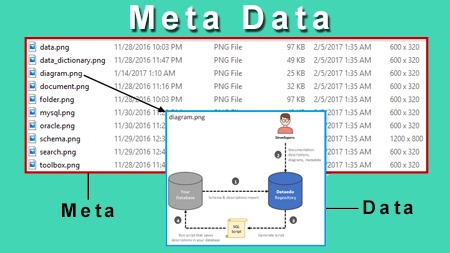
Meta data gives a detailed description of the topic you have covered in your webpage. That’s where the user gets to know for the first time what he is clicking upon. Along with users, the meta data is also vital for search engines to understand your web page’s relevancy. The SERP ranks the website accordingly for the site optimized keywords.
Ensure that you have used the right character length in your meta description, i.e., 170 characters. Adhering to some basic but essential rules will make it easy for the visitors to understand the right intent about your site, which eventually will increase the traffic. Please remember, do not write irrelevant meta title or description. Because if users found it unworthy, they will most likely drop-off, which means a high bounce rate, which is a bad impression on search engines.
10. Page Speed
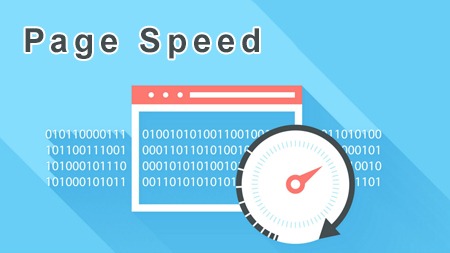
Page loading speed is critical metrics that need to be monitored regularly. People tend to leave the slow loading websites without even watching the first word of the webpage content. Such drop-offs compel the search engines to degrade the site’s ranking and eventually lowering the website traffic.
On the contrary, the faster your site loads, the quicker it gets an opportunity to pass on the information to the visitor. Additionally, Google and other search engines like such websites and promote them on their result page.
Conclusion
Mere launching of the website won’t solve a purpose unless you are continuously tracking its performance. Using the above KPIs can help you figure out what’s stopping your website from getting the maximum leads. Save your valued time and effort, take the best SEO services, and get the complete details about your website in a few minutes.
